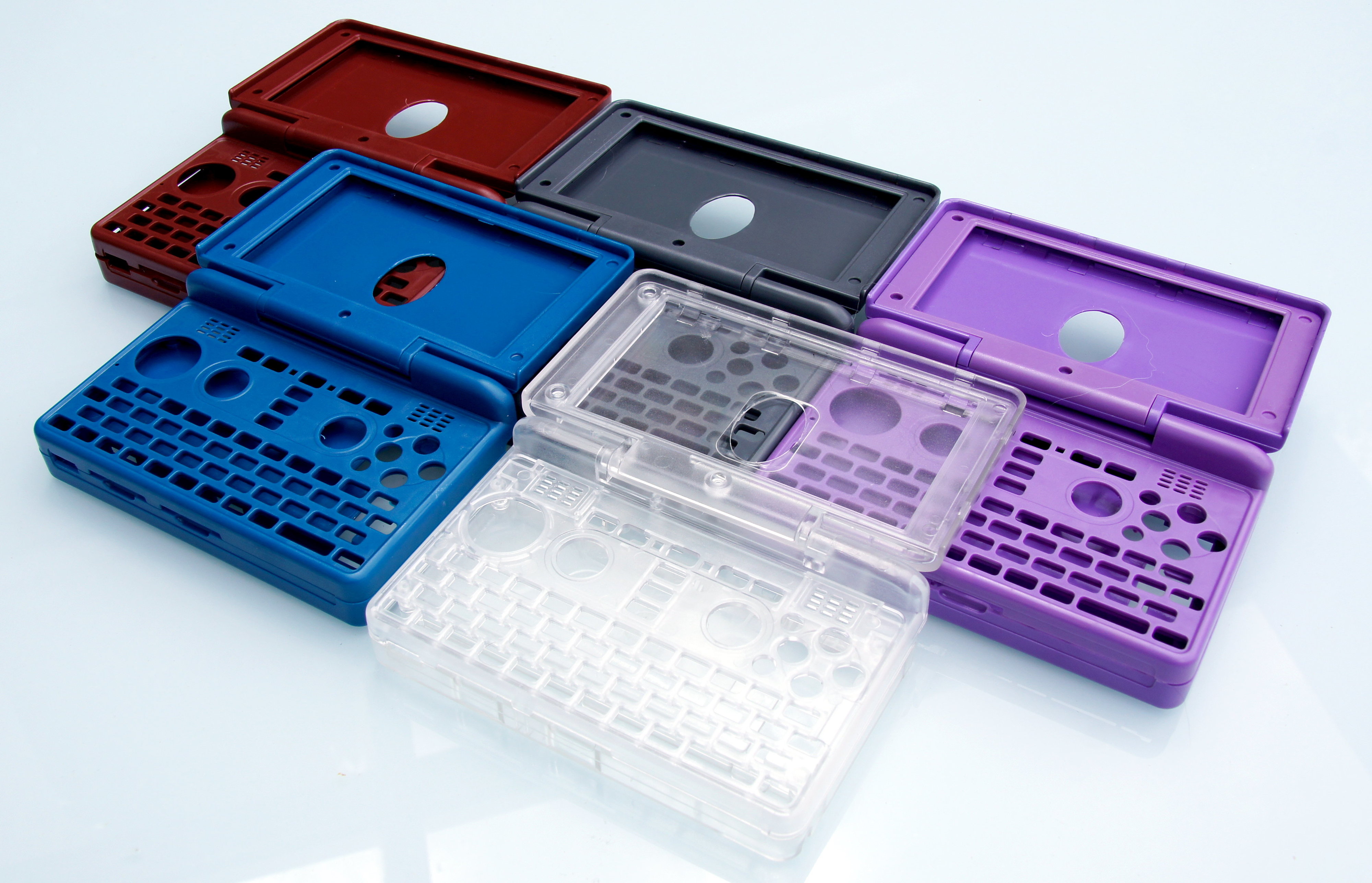Grench
Forum Addict!
- Joined
- Oct 3, 2008
- Messages
- 6,629
That wasn't quite the end of it - there were several weeks of conversation with a limited audience of @4 of us to take #7 and tweak it to become what we have now.ah, the good old days...
and this was just the end of it:
https://pyra-handheld.com/boards/threads/keymat-layout-the-final-poll.76143/
In that survey from 2015 (has it been that long ago?) my submissions were #6 and #7. The brightness key from #6 made it into the final layout to free up a key in the attic - ED wanted F11 to be a top layer key - which isn't a bad thing on this device.
I really do think that despite the arguing and whatnot, we ended up with a fine layout for this device. It is relatively easy to learn and understand. The layout is based on 'rules within rules'. Things like on the Fn layer, the shifted version of each key on a US keyboard is just up and to the right of the unshifted version. The original layout #7 Fn layer had those keys left-right next to the keys that they are next to on a US keyboard. The post-poll discussions committee insisted on breaking those up to prioritize reach/access to the more common keys in the pairs, though I wanted to retain 'the rule'. So, the final one is not a 'Grench creation' but a 'community creation' throughout. I had a lot of input in it, but there were others who were equally influential in the design.
I do not have a pretty diagram handy of the final/shipping layout and don't have time to build one. There are pictures enough that someone can find one if they want to.


